Acupuncture for kids – addressing frequently asked questions
As an acupuncturist one of my favourite groups of people to work with are babies and children. This might be surprising because most people tend to think that because children are often afraid of needles, acupuncture is not suitable for children. This perspective is fair when acupuncture involves inserting needles into the skin, which can be scary even for some adults!
However, one of the biggest misconceptions of acupuncture is that it must involve the insertion of needles into the skin. ‘Acupuncture’ is actually a mistranslation of the Chinese word Zhēn Jiǔ 针灸, which doesn’t mean to puncture the skin, but to use tools on acupuncture points, which can – but does not have to include – the insertion of those tools. The first nine needles historically described over two thousand years ago were of various shapes, thicknesses and lengths, and some weren’t intended to puncture the skin at all.
Somewhere along the way, many forgot that while inserting needles into an acupuncture point is one way to treat it, there are many others that do not including puncturing the skin! Some are still practiced in Traditional Chinese medicine (TCM), such as gua sha, cupping, and moxibustion (the burning of a herb on or near the skin). But in other forms of acupuncture, including Toyohari, a Japanese form of acupuncture, tools that are evolutions of the first nine needles are used to stimulate the acupuncture points on the skins surface.
So how do I treat children?
In Japan, a popular form of children’s acupuncture called Shonishin (children’s needle) uses round-ended or flat tools to stroke, rub and tap on the skin to influence the Qi in the meridians and stimulate healing. It works on the concept that children’s meridians are still developing, and the Qi is distributed more evenly over the skins surface. Children are usually very Yang in nature, meaning that while their symptoms or reactions might be severe, their recoveries are often just as swift and complete. Many parents will be familiar with how resilient their children are, able to bounce back up quite quickly after falls or knocks. Shonishin harnesses this Yang quality, providing gentle stimulation to the body. Without too much interference, the child can recover quickly from seemingly severe illnesses.
What can Shonishin treat?
We treat the child’s entire constitution, taking into account their health history and any symptoms they are currently presenting with. Therefore, Shonishin can help to achieve better overall health for children and assist with managing symptoms including but not limited to:
- Recurrent infections including ear and sinus infections
- Appetite and digestion issues
- Problems with sleep
- Asthma, eczema, allergies and rashes
- Attentional, behavioral, and emotional issues
- Developmental delay and growth issues
How often are treatments needed?
Depending on the illness, treatments will usually be provided by a practitioner weekly for 4-6 weeks. During this time, the parents are often taught how to do a simple version of the treatment on their children at home. This can be continued between treatments and beyond to help manage the symptoms into the future. Most families find that providing this gentle treatment at home can feel empowering, as they are able to play a role in helping manage their childs’ symptoms. They also often act as a much-needed bonding experience between the parent and child, which can provide a moment of softness and calm, sometimes hard to come by when managing an illness.
How old does the child need to be for treatment?
Due to its gentle and non-invasive approach, Shonishin is appropriate from birth until adulthood. It can be used up to the age of 18 and even past this age in situations where stronger forms of acupuncture used for adults is not appropriate. The practitioner will always assess the individual and make an assessment on the right dosage or amount of stimulation that is appropriate.
What does a treatment look like?
Shonishin treatments are a playful dance between child and practitioner, where the child is in the lead. They can be delivered while the child is playing, moving around or being held by the caregiver. Most children find them very soothing and calming. The central aim is to not upset the child. When the child becomes upset their Qi becomes disordered, which is the opposite of what we are trying to achieve with treatment!
In summary, Shonishin is a useful treatment that considers your child as a whole and helps the entire family move towards healing. If you are feeling lost and like you need help managing tricky symptoms, children’s acupuncture might be the thing you need to help untangle the symptoms and get to addressing the root cause.
Have questions? Book an appointment today to discuss if acupuncture might be right for your child.
References:
Birch, S. 2011. Shonishin: Japanese Pediatric Acupuncture. Thieme Publishing Group, New York,
